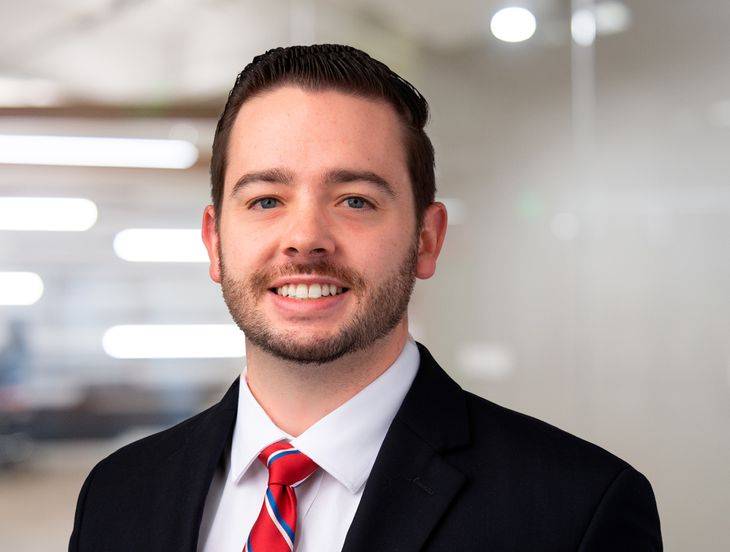CDC Recommends Tighter Quarantine Standards For Exposed Critical Infrastructure Sector Employees
Insights
11.23.20
The Centers for Disease Control and Prevention (CDC) recently released updated guidance recommending that critical infrastructure employers only permit asymptomatic workers to continue working after potential COVID-19 exposure in limited and rare circumstances. The updated guidance, released on November 16, continues to provide an exemption from the usual 14-day self-quarantine recommendation for critical infrastructure workers who have had a close contact exposure to an individual with a confirmed or suspected case of COVID-19, but now recommends the exemption should only be exercised as “a last resort and only in limited circumstances.” Further, it recommends that only employers involved in or impacting “public health and safety” can enjoy this exemption. What do employers need to know about this new guidance?
Critical Infrastructure Employers Have Different Standards
The CDC has continually recommended that employers conduct contact tracing after a confirmed or suspected case of COVID-19 in the workplace, and that employees with close contact should self-quarantine for 14 days. Based on the importance of critical infrastructure employers, the CDC exempted those employers in large part.
It advised that critical infrastructure workers may be permitted to continue working following potential exposure to a person with a confirmed case of COVID-19 if the exposed employee remained asymptomatic and the employer implemented mitigation precautions, including:
- Encouraging the employee to self-screen for symptoms;
- Screening the employee at the worksite before each shift;
- Monitoring the employee for symptoms;
- Requiring employees to wear a cloth mask;
- Requiring employees to maintain social distancing; and
- Cleaning and disinfecting the workplace routinely.
Changed Guidance #1: Exemption Only To Be Used As Last Resort
The CDC’s updated guidance does not repeal this exemption, but does warn that the exemption should only be exercised as a last resort. The CDC’s guidance provides as an example of such a limited circumstance when the cessation of operation of a facility may cause serious harm or danger to public health or safety.
To help determine when the critical infrastructure exemption should be exercised, the CDC recommends developing a COVID-19 Business Response Plan that addresses reducing the need to allow exposed workers to continue to work by:
- Identifying and prioritizing job functions essential for continuous operation;
- Cross-training employees to perform critical job functions so the workplace can operate even if key employees are absent; and
- Matching critical job functions with other equally skilled and available workers who have not experienced an exposure to a person with confirmed COVID-19.
Changed Guidance #2: Exemption Only Applies When Public Health And Safety At Stake
Further, the updated guidance suggests that the exemption is only available to critical infrastructure employers who are involved in or impact “public health and safety.” Unfortunately, the CDC’s guidance does not provide any further clarity on which critical infrastructure employers are involved in or impact “public health and safety” and which are not. This lack of specificity opens the door for employers to at least argue that they are within the purview of the exemption, but also exposes employers to potential liability if they misapply the new guidance.
What Should Employers Do Now?
This updated guidance aligns with the CDC’s position that self-quarantining for 14 days after exposure is “still the safest approach to limit the spread of COVID-19 and reduce the chance of an outbreak among the workforce.” Moving forward, critical infrastructure employers should review this guidance and consider limiting which employees remain in the workplace after direct exposure to COVID-19. You should review your workforce and identify critical job functions and only allow employees who perform these job functions to remain at the workplace after a direct exposure to COVID-19. Finally, you should consult with your legal counsel to assist in determining whether your workplace satisfies the “public health and safety” standard now created by the agency.
Fisher Phillips will continue to monitor the rapidly developing COVID-19 situation and provide updates as appropriate. Make sure you are subscribed to Fisher Phillips’ Alert System to get the most up-to-date information. For a more thorough analysis of the many issues you may encounter from a labor and employment perspective, we recommend you review our FP BEYOND THE CURVE: Post-Pandemic Back-To-Business FAQs For Employers and our FP Resource Center For Employers.
This Legal Alert provides an overview of specific federal developments. It is not intended to be, and should not be construed as, legal advice for any particular fact situation.
Related People
-
- Nicholas S. Hulse
- Partner
